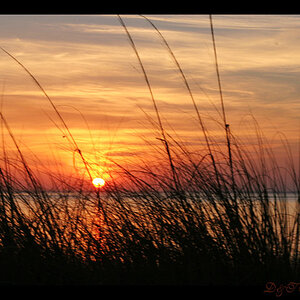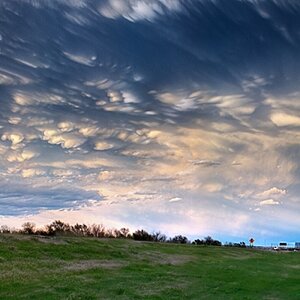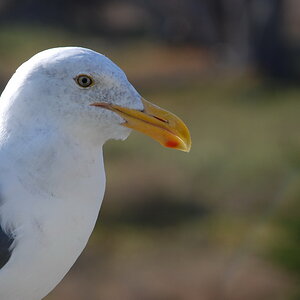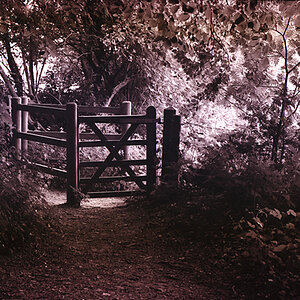clanthar
TPF Noob!
- Joined
- Aug 2, 2010
- Messages
- 767
- Reaction score
- 86
- Location
- Saint Louis MO
- Can others edit my Photos
- Photos OK to edit
In general you always want to shoot the best as you can in camera as this always gives you the best result to work upon - heck many who do extensive editing are often even more obsessed with "getting it right in camera" since it ensures that they have the right materials to work upon without having degradation issues.
Yes! :thumbup:




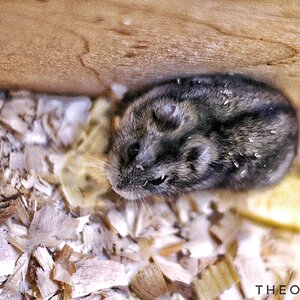
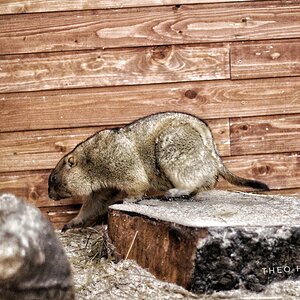
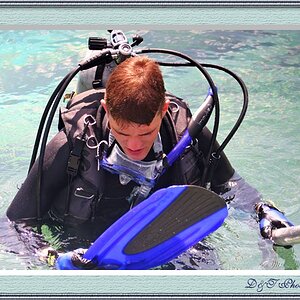


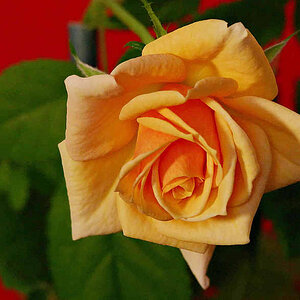
![[No title]](/data/xfmg/thumbnail/35/35880-9a6926237907ab72b42781d9a09698a6.jpg?1619737209)
